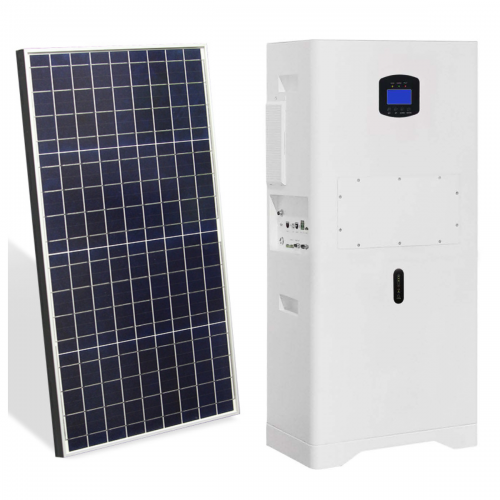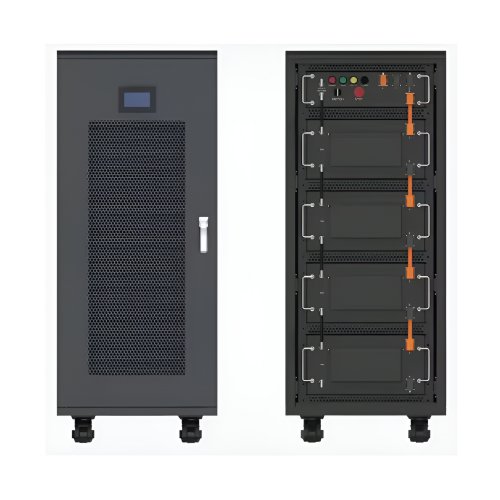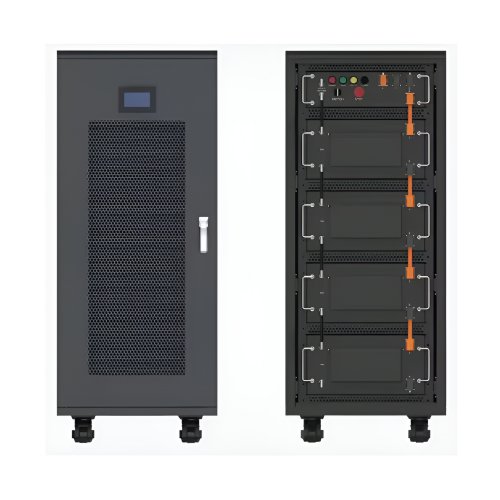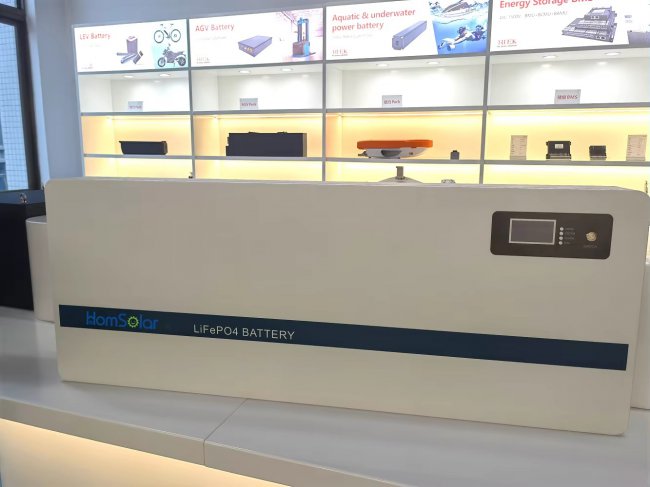Advances In Carbon Coating: Enhancing Performance In Energy Storage And Conversion
Carbon coating, a surface engineering technique involving the application of a thin, conformal layer of carbonaceous material onto substrate particles, has solidified its position as a cornerstone of modern materials science. Its application spans a vast array of fields, most notably in energy storage (lithium-ion, sodium-ion batteries) and conversion (electrocatalysis), where it addresses intrinsic material limitations. Recent research has moved beyond simple amorphous carbon layers, focusing on precision engineering, novel precursors, and multifunctional designs to unlock unprecedented electrochemical performance and stability.
Recent Research and Technological Breakthroughs
The most significant advancements lie in the move towards controlled, tunable coating processes. Traditional methods like chemical vapor deposition (CVD) and hydrothermal carbonization are being refined for greater precision. For instance, low-temperature CVD processes now allow for the uniform coating of temperature-sensitive materials without inducing deleterious phase changes. A breakthrough has been the development ofin-situcoating strategies, where the carbon source is integrated during the synthesis of the active material itself. This approach, as demonstrated in the work of Li et al. (2022) on LiFePO₄ cathodes, ensures a more homogeneous and intimately connected carbon layer, drastically reducing charge transfer resistance and enhancing rate capability.
The nature of the carbon layer itself is a major focus. Researchers are increasingly engineering coatings beyond amorphous carbon to include graphitic domains, heteroatom doping, and controlled porosity. Nitrogen (N), sulfur (S), and boron (B) doping have proven particularly effective. N-doped carbon coatings, for example, introduce defects and improve electronic conductivity while also creating active sites for catalytic reactions. A recent study by Zhang et al. (2023) showcased that a N,S-co-doped carbon layer on a silicon anode for lithium-ion batteries not only provided a robust conductive network to accommodate volume expansion but also facilitated faster Li⁺ ion diffusion, resulting in exceptional cycling stability.
Perhaps the most cutting-edge development is the concept of multifunctional or "smart" carbon coatings. These are designed to do more than just conduct electrons. For example, coatings are being engineered with specific mechanical properties to act as artificial solid-electrolyte interphases (SEI). A pioneering study by Chen et al. (2023) developed a highly elastic, cross-linked carbon polymer coating for high-capacity alloying anodes (e.g., Si, Sn). This coating mechanically constrains the massive volume expansion during lithiation, preventing pulverization of the active material and maintaining electrode integrity over thousands of cycles. Furthermore, coatings are being designed to be electrochemically active, participating in redox reactions to contribute additional capacity.
In the realm of electrocatalysis, such as for the oxygen reduction reaction (ORR) in fuel cells, carbon coating serves to protect non-precious metal catalysts (e.g., Fe-N-C) from aggregation and dissolution. Latest breakthroughs involve creating highly porous, "self-supporting" catalyst structures where the active sites are atomically dispersed within a 3D carbon matrix. This architecture, achieved through advanced templating and precursor design, maximizes the exposure of active sites and enhances mass transport of reactants, rivaling the performance of platinum-based catalysts (Wang et al., 2024).
Future Outlook and Challenges
The future of carbon coating research is poised to become even more sophisticated, driven by the integration of advanced computational and characterization tools. Machine learning (ML) and artificial intelligence (AI) are expected to play a pivotal role in predicting optimal coating parameters—such as precursor composition, thickness, and crystallinity—for a given substrate and application, moving the field from trial-and-error to a predictive science.
The pursuit of sustainability will also shape future directions. Research will intensify on developing green and low-cost carbon precursors derived from biomass (e.g., lignin, cellulose) or waste products to replace traditional fossil-based sources. The life-cycle analysis of coated materials will become a standard practice to ensure the environmental benefits of the enhanced performance outweigh the coating process's footprint.
A significant challenge remains the precise,in-operandocharacterization of the carbon-coating interface. Understanding the dynamic evolution of this interface under real operating conditions (e.g., during battery cycling) is critical for further optimization. Techniques likein-situtransmission electron microscopy and X-ray photoelectron spectroscopy will be crucial in providing these insights.
Finally, the application space will continue to expand. While energy technologies will remain a primary driver, carbon coating is finding new utility in environmental remediation (e.g., coating catalysts for water purification), biomedical devices (e.g., enhancing the biocompatibility and durability of implants), and next-generation sensors.
In conclusion, carbon coating has evolved from a simple conductive additive to a highly engineered, multifunctional interface. Through precise control over its structure, composition, and properties, researchers are continuously pushing the boundaries of material performance. The ongoing fusion of novel synthesis methods, advanced characterization, and computational design promises to further elevate carbon coating from an art to a precise science, enabling the next generation of high-performance technologies.
References:
1. Li, M., et al. (2022).In-situpolymerized carbon coating enables ultra-stable lithium storage of LiFePO₄ at high voltage.Advanced Energy Materials, 12(15), 2103201. 2. Zhang, Y., et al. (2023). Dual-heteroatom-doped carbon layer armored silicon nanoparticles for high-performance lithium-ion batteries.ACS Nano, 17(4), 3893-3903. 3. Chen, H., et al. (2023). An elastic cross-linked carbon coating for silicon anodes with extreme volume expansion.Nature Energy, 8(2), 168-178. 4. Wang, J., et al. (2024). Hierarchically porous N-doped carbon foams as self-supporting electrocatalysts for high-performance oxygen reduction.Joule, 8(1), 150-166.
Customized/OEM/ODM Service
HomSolar Supports Lifepo4 battery pack customization/OEM/ODM service, welcome to contact us and tell us your needs.


HomSolar: Your One-stop LiFePO4 Battery Pack & ESS Solution Manufacturer
Our line of LiFePO4 (LFP) batteries offer a solution to demanding applications that require a lighter weight, longer life, and higher capacity battery. Features include advanced battery management systems (BMS), Bluetooth® communication and active intelligent monitoring.

Customised Lithium Iron Phosphate Battery Casing
ABS plastic housing, aluminium housing, stainless steel housing and iron housing are available, and can also be designed and customised according to your needs.

HomSolar Smart BMS
Intelligent Battery Management System for HomSolar Energy Storage System. Bluetooth, temperature sensor, LCD display, CAN interface, UART interface also available.


Terminals & Plugs Can Be Customized
A wide range of terminals and plugs can be customised to suit the application needs of your battery products.

Well-designed Solutions for Energy Storage Systems
We will design the perfect energy storage system solution according to your needs, so that you can easily solve the specific industry applications of battery products.



About Our Battery Cells
Our energy storage system products use brand new grade A LiFePO4 cells with a battery lifespan of more than 4,000 charge/discharge cycles.



Applications in Different Industries
We supply customized & OEM battery pack, assemble cells with wiring, fuse and plastic cover, all the cell wires connected to PCB plug or built BMS.
Applications: E-bike, Electric Scooter, Golf Carts, RV, Electric Wheelchair, Electric Tools, Robot Cleaner, Robot Sweeper, Solar Energy Storage System, Emergency Light, Solar Power Light, Medical Equipment, UPS Backup Power Supply.
We can provide you with customized services. We have the ability to provide a vertical supply chain, from single cells to pack/module and to a complete power solution with BMS, etc.


HomSolar (Shenzhen) Technology Co., Ltd
























